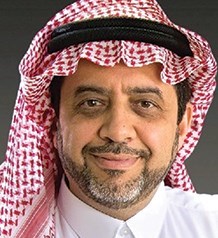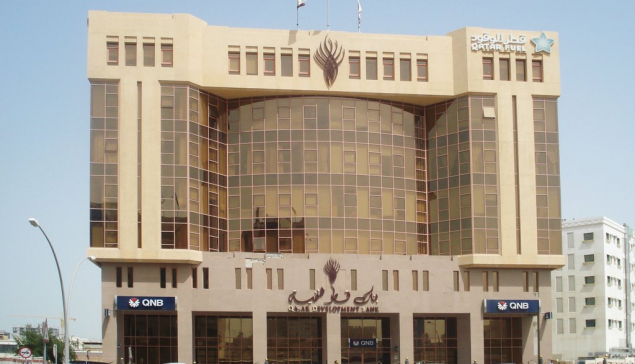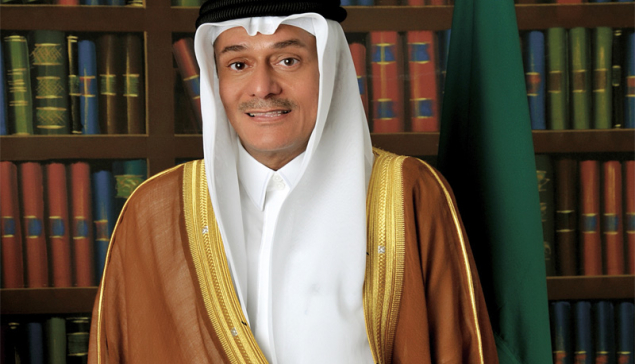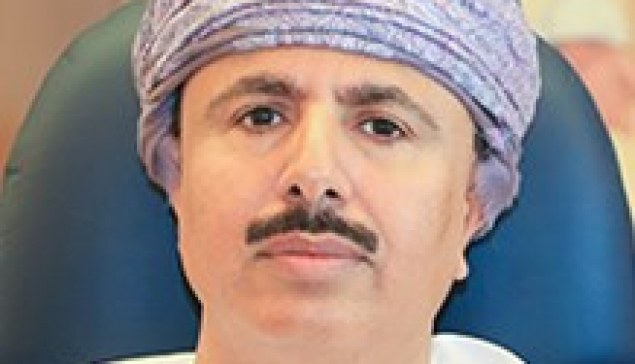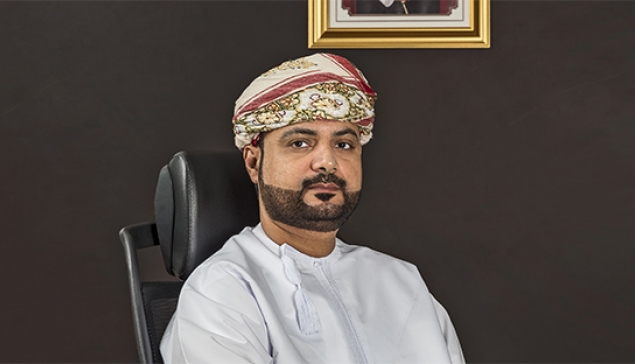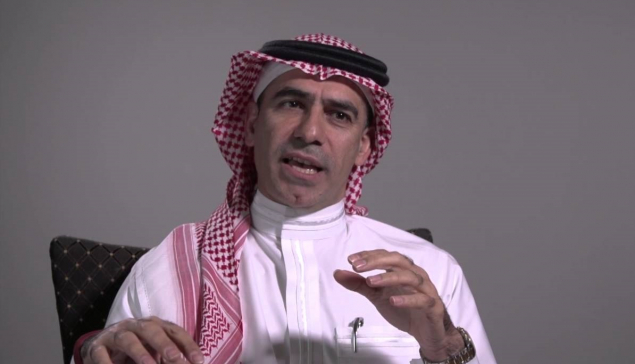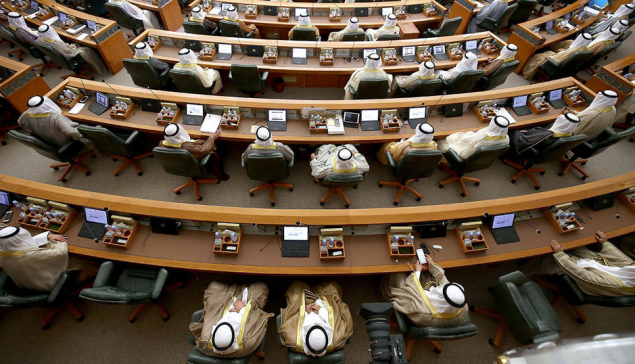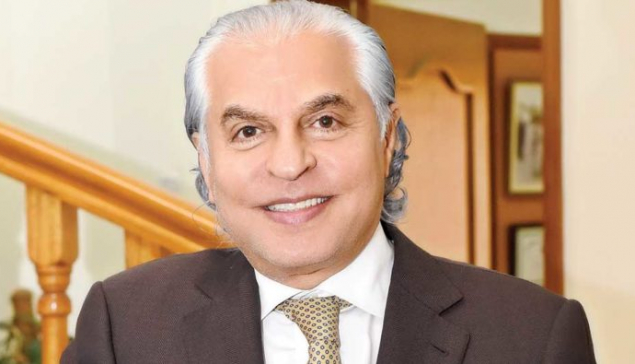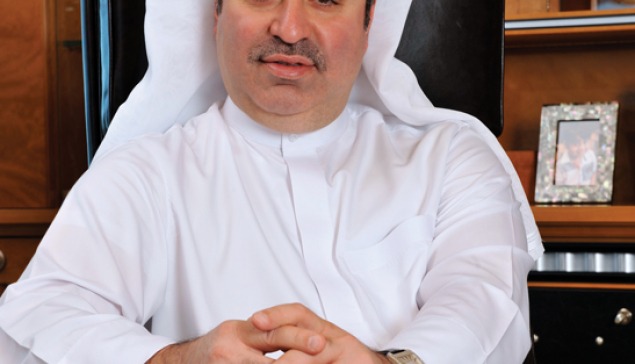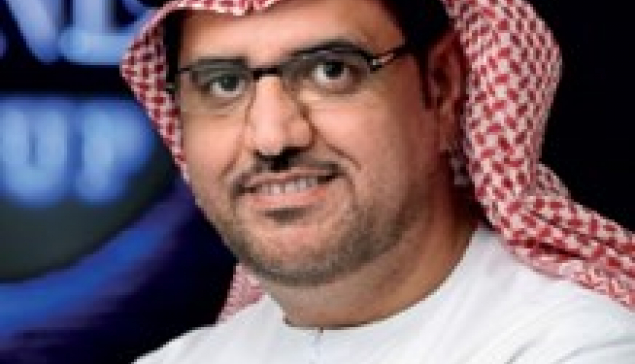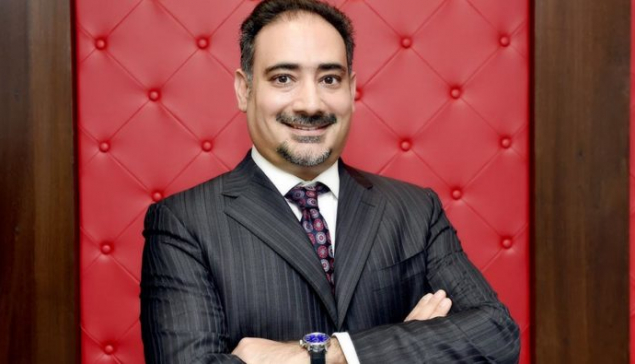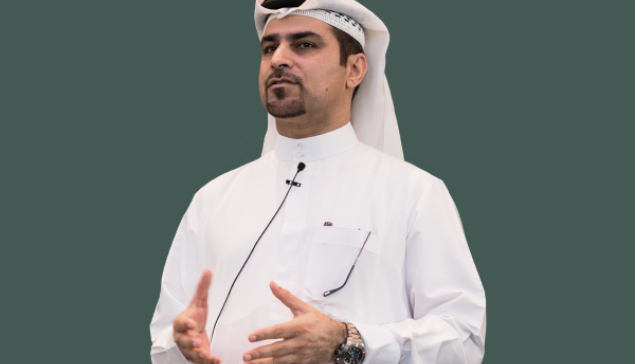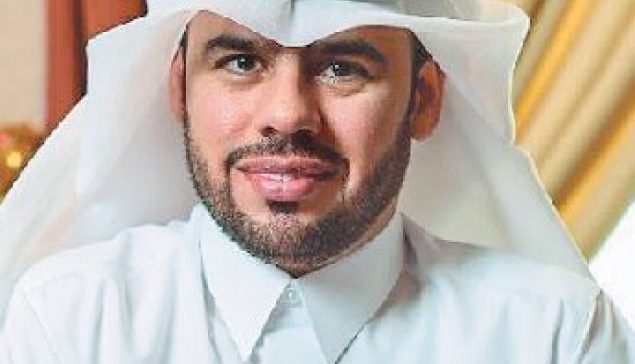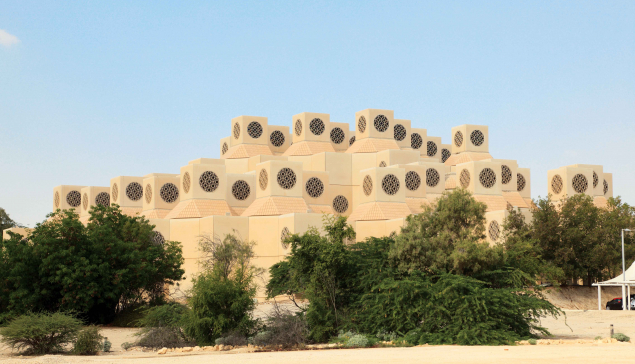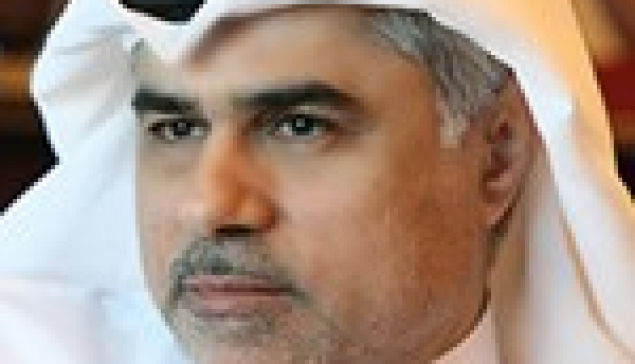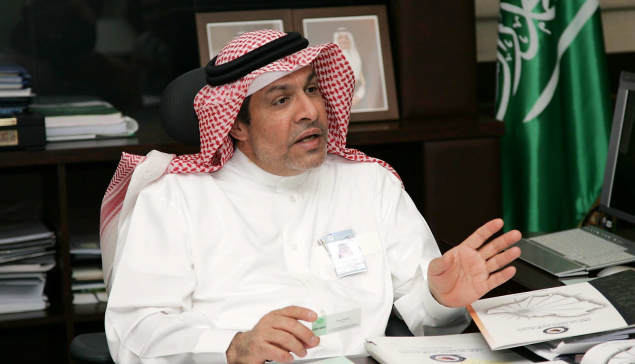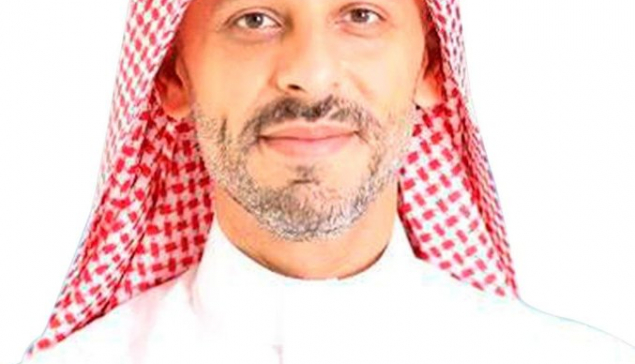Vision 2030 is a massive project, and it has sweeping objectives for the health sector. What has been accomplished regarding these goals over the past year since they were announced?
This is the beginning of a long journey that will lead us to 2030. Our health sector has not had a substantial or significant reform since the ministry's inception. We have traditionally supported building more hospitals, more primary care centers, and more care delivery. Clearly we now need to shift the focus to the prevention of disease as the burden of disease will impact us like it has in other countries. The concept is a far-reaching transformation that engages almost every component of how we deliver care, from how we finance it to how we actually deliver care on the patient side. One of the themes of our transformation is collaboration with the private sector. We have identified more than 40 PPP opportunities. In the past few months we have studied them and set up a strategy and operating model for all these PPP initiatives. We have already released two out of nine major initiatives that involve clinical services provision in the country under the Ministry of Health (MOH). Clearly, as a massive health structure, we need to pilot our plan before we truly scale up and implement our plan across the board. We've looked at imaging, laboratory facilities, and the pharmacy segment. We've also looked at some of the services we have seen a large shortage in: rehabilitation, long-term services, and home care. We have also looked at issues like the large number of hospitals that are being completed, but have problems commissioning and operating. We look to the private sector to help us with that. Two hospitals have been released to financial, legal, and business consultants who will develop the complete package.
Do you intend to take the road of corporatizing assets on the way to privatization as GACA has done, for example?
Clearly the MOH today has a conflict of interest. It provides care through a network of more than 365 hospitals and 2,500 primary care centers. It provides care but is, at the same time, the governor and the regulator. That cannot be the case. We have plans in 2018 to separate this process so that the MOH will no longer provide care. The provision of care will be given to multiple corporates that will then compete with each other on the basis of quality of services and patient care, experience, and safety. We have started what we call the “pathfinder" engagement, in which HE the Minister initiated the road the corporatization. We hope that by 2030 we will have corporatized them and granted them autonomy. Doing so would reduce the level of decision-making to as close to the patient as possible and allow them to develop competitiveness. We hope that by 2030 it will be left to the decision makers to decide on whether or not to privatize that asset or keep it as a government-owned asset. It would be completely corporatized by then, but still a government entity.
How will this change transform care in Saudi Arabia?
We will integrate the different silos that currently exist in the system. Now, a patient goes through the system in a horizontal manner; we always have the problem of patients going to a primary care facility and being unable to get a referral to go to hospital. Instead, they skip the first step and go to a hospital directly, and that creates a huge burden on hospitals and does not utilize our primary care appropriately. Through a series of workshops over a period of five months, healthcare workers have designed six main pathways for our patient population. One of them is the chronic disease pathway. There is also emergency care in urgent settings, maternal and childcare, elective care, mental care, and end-of-life care. Corporates will be asked to roll out this model of care in different locations. For example, today we do not screen high-risk patients. With the new model of care, we will screen high-risk patients from home with primary care. This will create new categories of job opportunities for locals to track and find these patients and do the screening tests for them, thereby identifying their diseases early. If they have a disease, they can get them to the appropriate physician in the secondary hospital or the tertiary hospital. This is the concept of the integrated new model of care that we want to use.
How will technology change the way the health system operates in the Kingdom?
Technology will get patients, the population, and citizens in general to have healthcare on an application. They will be able to see physicians and get prescriptions through that application as virtual visits. We have a pilot where images are now being read in big cities in Riyadh and Jeddah. Patients have their X-rays taken and within a half an hour or a hour they are read elsewhere. A private firm will provide a complete solution, including the health permission systems, the hardware, software, data center, cloud, and all the tech infrastructure to our ailing primary care network that has no connectivity.
What do you see as being the key milestones for 2017?
The new model of care is the next big thing, and its rollout will start instantly without any delay. The corporatization of pathfinders and medical cities is another key move. The split of the ministry is even larger. The ministry will become a regulator, something we look forward to, while a large holding company will partner with corporates to manage provision. That is something we hope to see before 2020. In 2017 we will also see the development of a purchasing program, which is the nucleus for the national insurance program, which will basically purchase healthcare services based on value. This will initially fall to the MOH. By 2030, we envision nearly 30 million people who will be insured, both locals and expatriates. The rest are under the government through funds. As we develop the “sin" tax, which will levy premiums on sugary foods and cigarettes, for example, we hope to realize a strong health policy with every ministry helping to modify behavior, taxing junk food and subsidizing healthy food. Our government can bring about positive change. My goal is for a Center for Disease Control (CDC), and this will definitely become a reality by 2018. We have finished its operating model and organizational structure. We will need other entities as well—the CDC is one, the Saudi FDA, and the Patient Safety Center are others, which are being launched. We also have a National Institution for Health (NIH), which is a large initiative. That is specifically geared toward R&D in the health sector. Many new entities will be developed and have positions of power as authorities in the healthcare sector. The Ministry of Health will oversee all these regulatory bodies. We would like to see that happening in 2017. There are 2,300 primary care centers today, and most of them lack internet access, and our goal is the accessibility of 70% of the population to e-medicine by providing the internet access to the primary care centers. We are truly scaling up the work in a massive way and using new ideas. This is the future.
- Super User
- Health
- Hits: 2206
